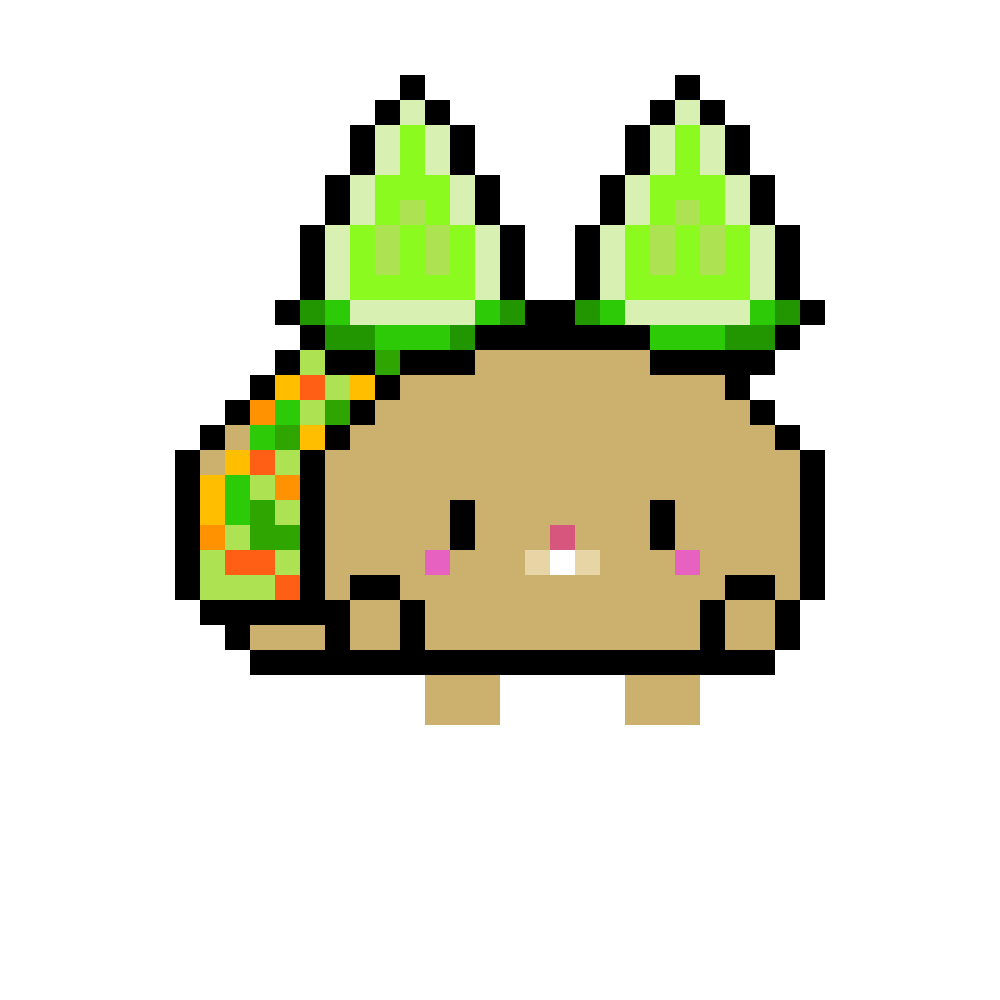IN
IN
JPN
EN
Join Our Communities

For digital creator Mumu, art has been her life since she was a small child. Having spent time in the US and Canada, Mumu has called Malaysia home for all her adult life. She recently quit her full-time job to focus on creating digital art and minting that art as NFTs.
The artist, 32, is also behind Tezos’ Taco Bunny gif/meme. “I take my inspiration from anywhere,” she says. “Certain things come to me, sometimes it’s completely random, sometimes it’s emotions I am experiencing, but the reality is that inspiration is all around me.”
When it comes to the creation of the TEZOS TACO BUNNY, Mumu says that the taco is the “canon meme” in the Tezos world. Meanwhile in Asia, the ticker symbol for Tezos’ coin, tez, is XTZ, which corresponds to “little bunny” in Chinese script.
“TZ APAC approached me, and they wanted a digital art piece to complement TZ APAC’s brand launch that was uniquely Asian,” she says. “And so, I combined the taco with the bunny and made the taco bunny, which is an NFT.”
“There are only five Taco Bunnies as NFTs,” she continues. “Four of them are savory, and one is a dessert, and so they are cute taco bunnies made of food.”
As part of the launch, TZ APAC ran an NFT drop and a giveaway of four of the Taco Bunnies. The remaining NFT was auctioned off and all money raised went to WOMEN’S AID, a Malaysian organization helping to end violence against women.
 Credit: TZ APAC and Mumu, 2021
Credit: TZ APAC and Mumu, 2021
Mumu is a fan of the rock band Linkin Park and is active in the band’s online community. She started interacting with the group and began making fan art.
“Mike noticed my art and liked it,” she says. “He had started minting NFTs and talking about how good NFTs are for creators.”
After noticing her art and realizing that she was giving it away for free, Shinoda suggested to Mumu that she began minting NFTs – and offered to buy her first one. “He said he would buy it, regardless of what it was or where I minted it,” she says.
After minting her NFT and selling it to Shinoda, Mumu began to investigate the world of NFTs and was particularly disturbed by the environmental costs associated with some blockchains. She did a deep dive into proof of work versus proof of stake and became active in a ‘clean NFT’ group on Discord.
“That’s when I discovered Tezos, and it was much cleaner than rival systems, and so I have been minting my NFTs there ever since,” she notes.
 Credit: TZ APAC and Mumu, 2021
Credit: TZ APAC and Mumu, 2021
Mumu says NFTs are a positive development for artists because you are compensated monetarily, but you are not answering to a client. “Before NFTs, creators’ work was a service to others, whether it’s brands, advertisements, or commissions,” she says. “NFTs are a powerful tool for artists to create what they like and pursue their passions and not starve. NFTs support experimentation.”
She compares it to avenues like Instagram and Patreon. With Instagram, she says, the art is held hostage by the platform, and the artist needs to pay Instagram to boost their posts to get exposure. “This is a real scam.”
“With NFTs, people can view them and buy them. There’s no paywall, but it also enables us to create and support ourselves,” she says. “NFTs allow people to support us as artists, and yet the art is still out there in the world, where fans can view it.”